65 Years of DKW Monza
Name a German sports car from 1956. Now that a gullwing has probably rolled past before your eyes, think again whether you know of another representative of this vehicle genre from this year of manufacture. Yes, that’s right, the BMW 507 also rolled off the production line back then. But we are talking about a rather unknown sports car that was built in small numbers between 1956 and 1958. It was based on a mid-range car that didn’t look particularly sporty at first glance. From 1955, DKW in Düsseldorf produced the F93 as a larger and more powerful variant of the F91 “Sonderklasse”, which had already been known since 1953. Under the front hood was a three-cylinder two-stroke engine with 29 kW/40 hp from a displacement of 0.9 liters. Since this engine produced the same number of power strokes per crankshaft revolution as a six-cylinder four-stroke engine, the model was given the nickname 3=6. This equation was also intended to indicate the smooth running of the engine.
Record drive in Monza, Italy
Based on the massive frame chassis of the two-door sedan with a wheelbase of 2.35 meters, a compact sports coupé was produced for the 1956 Geneva Motor Show. This was given a body made of glassfiber-reinforced polyester, which was significantly more streamlined than that of the normal DKW F93. It also helped to reduce the weight by 115 kilograms to just 780 kilograms. With the sixth car built, DKW took to the racetrack in Monza, Italy, which at that time was still equipped with steep curves, to prove the reliability of the engine in endurance drives. For 72 hours, two Swiss (Roberto Barbay and Georg Theiler) and two Germans (Günther Ahrens and Heinz Meier) drove the car around the course. Breaks were only made for refueling, tire and driver changes. The car drove without any problems and set five world records in the displacement class up to 1.1 liters with an average speed of almost 140 kph (86.9 mph).
- 4,000 miles with an average speed of 140.839 kph (87.513 mph)
- 48 hours with an average speed of 140.961 kph (87.589 mph)
- 5,000 miles with an average speed of 138.656 kph (86.157 mph)
- 10,000 miles with an average speed of 139.453 kph (86.652 mph)
- 72 hours with an average speed of 139.459 kph (86.656 mph)
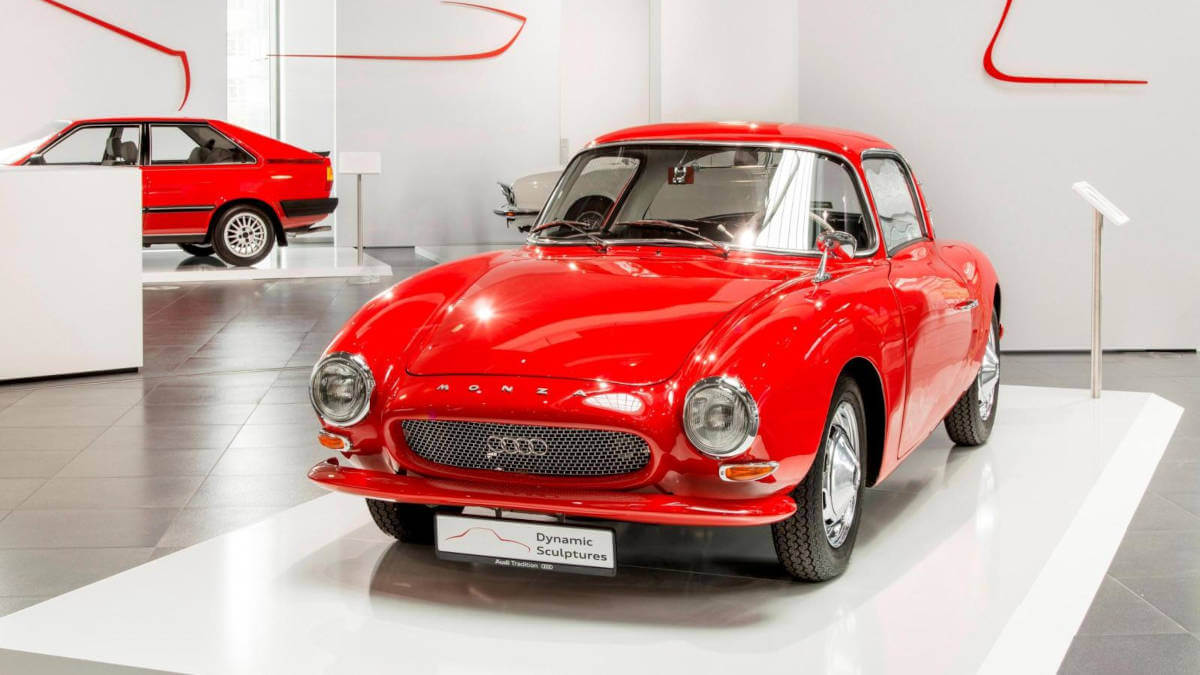



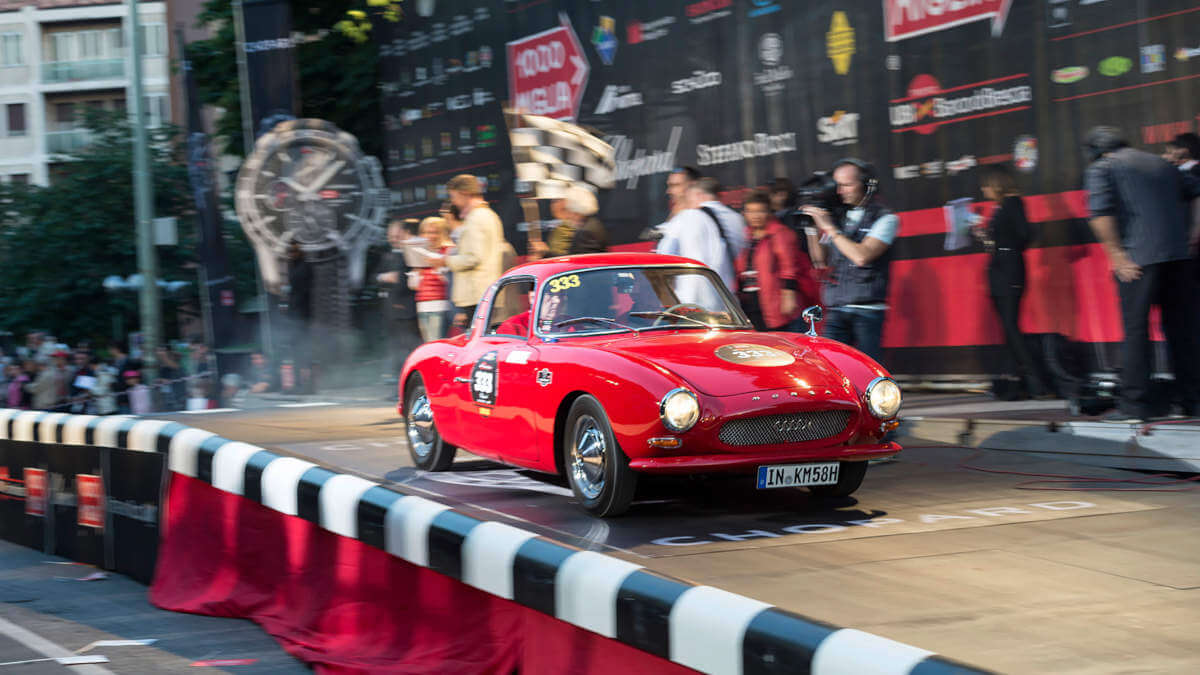



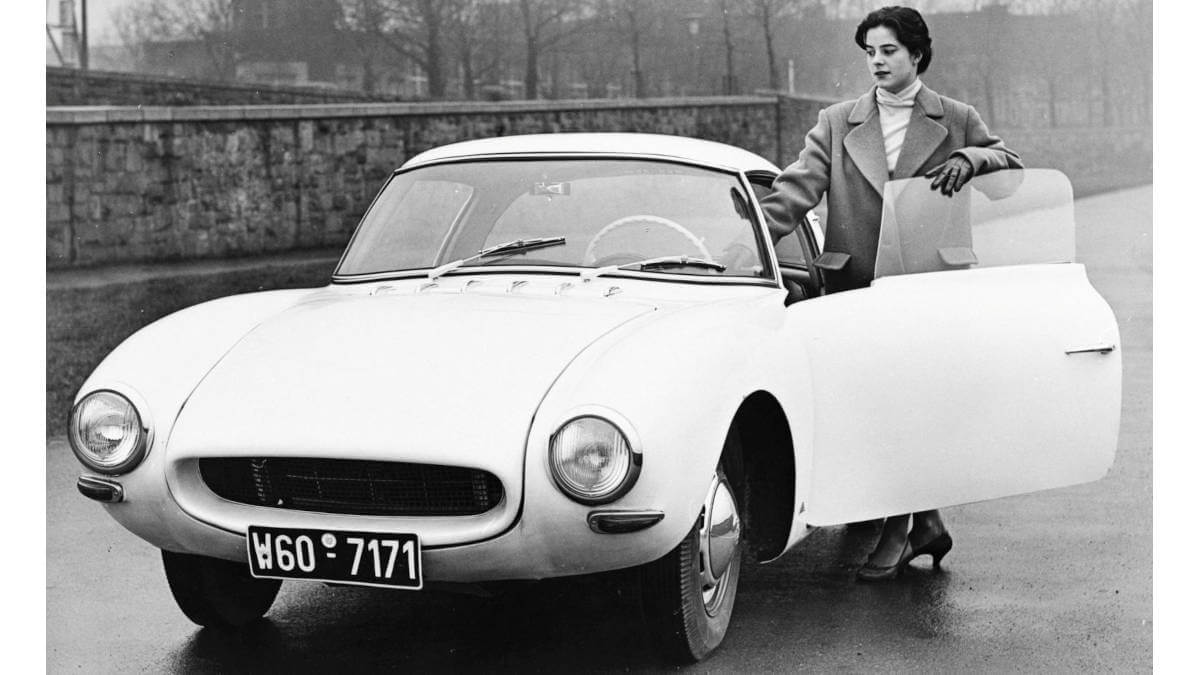



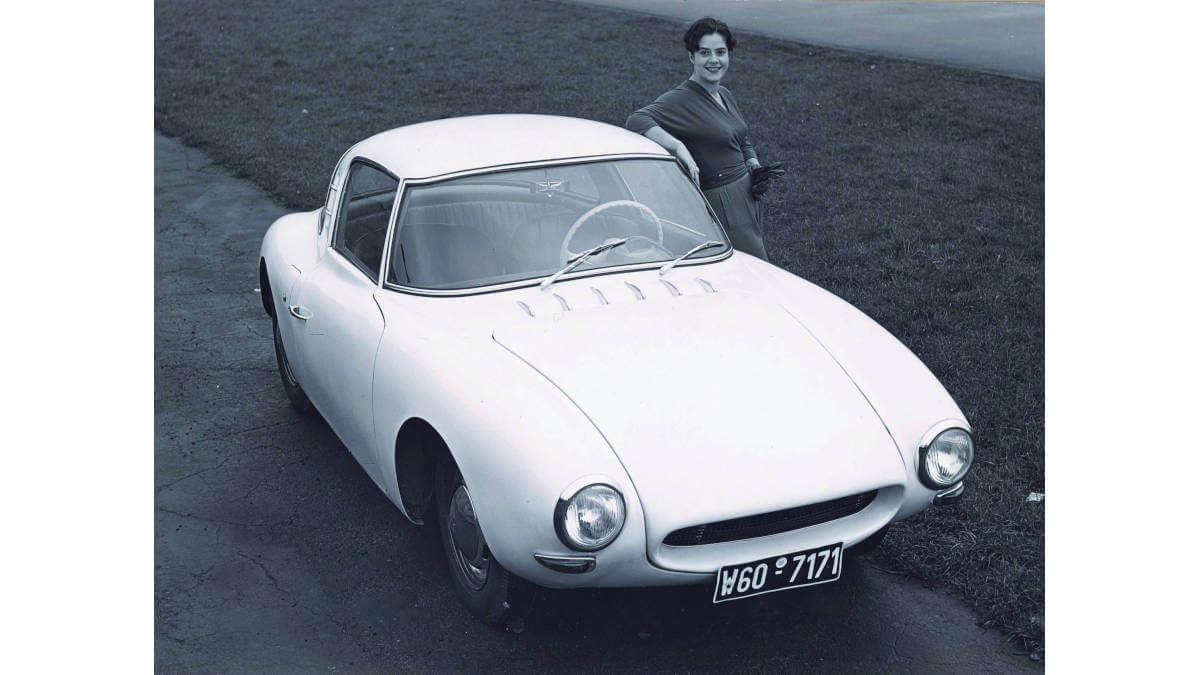



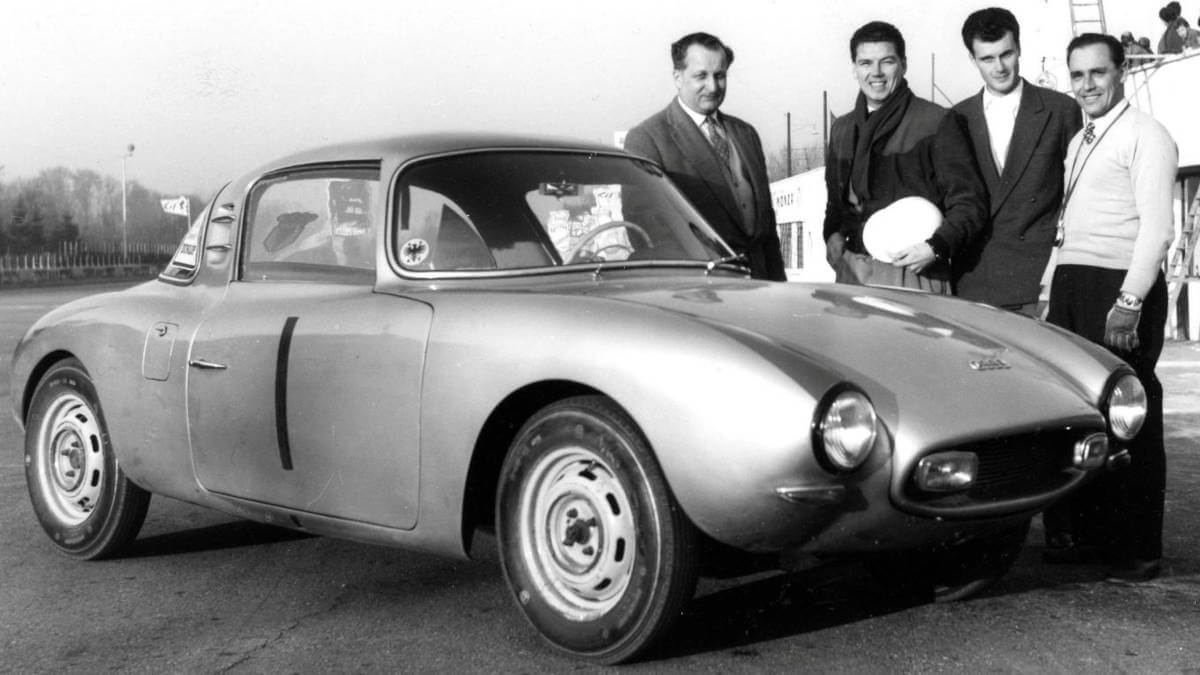



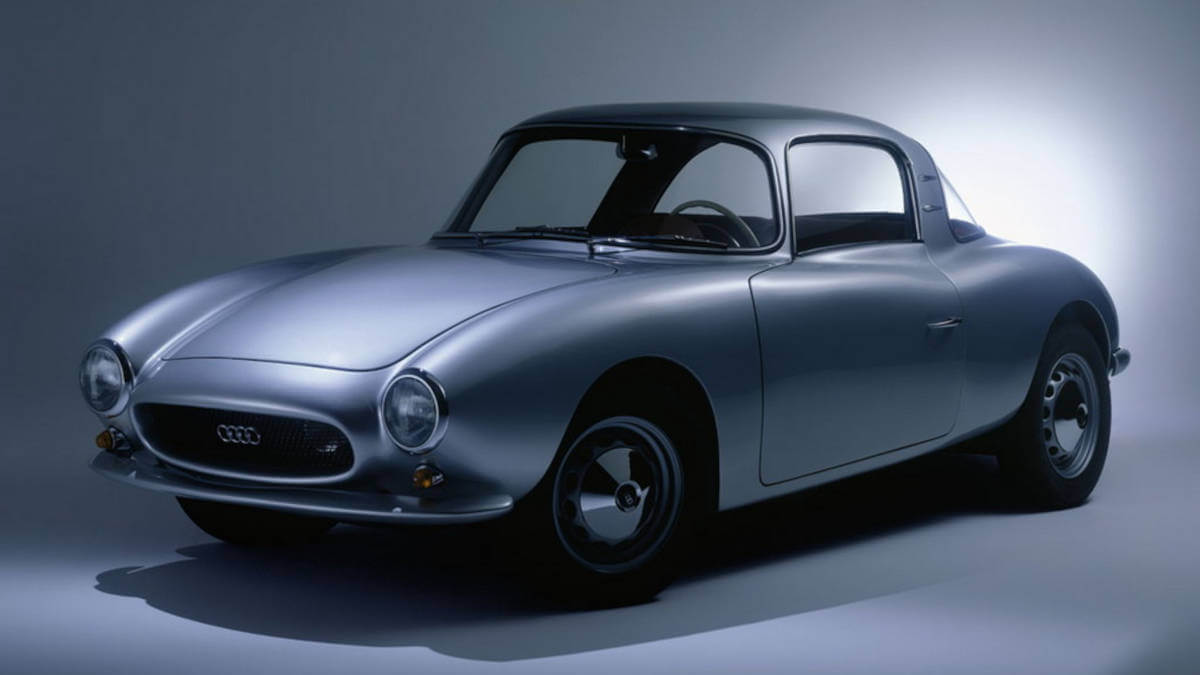



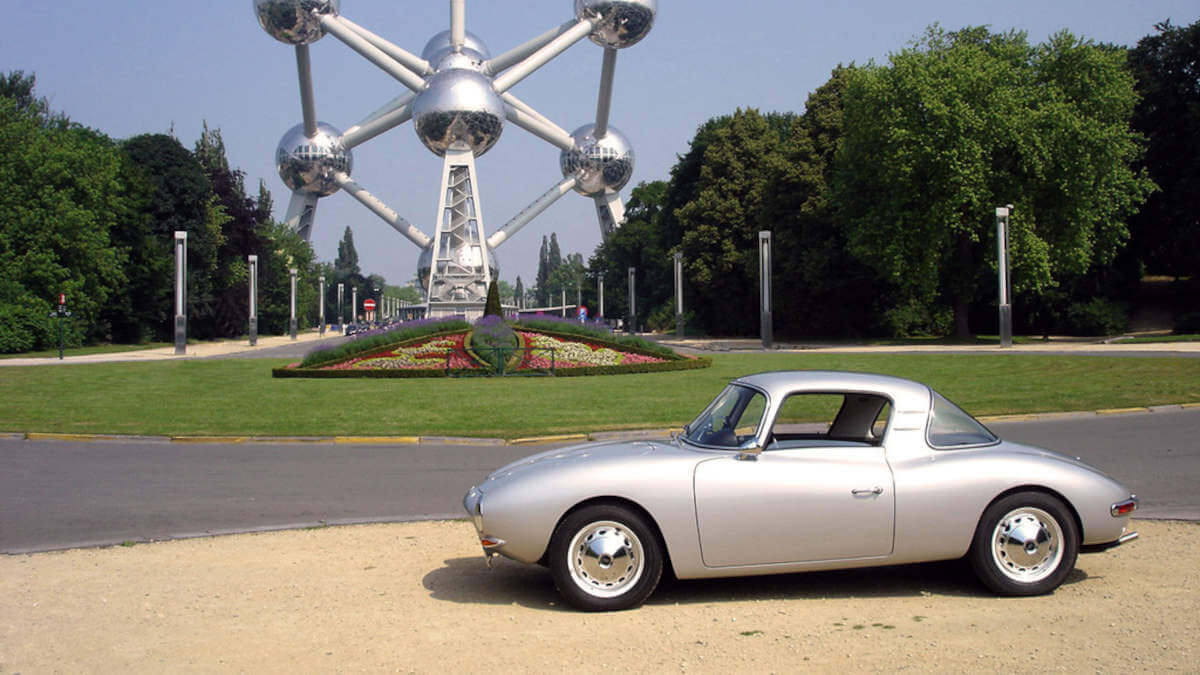



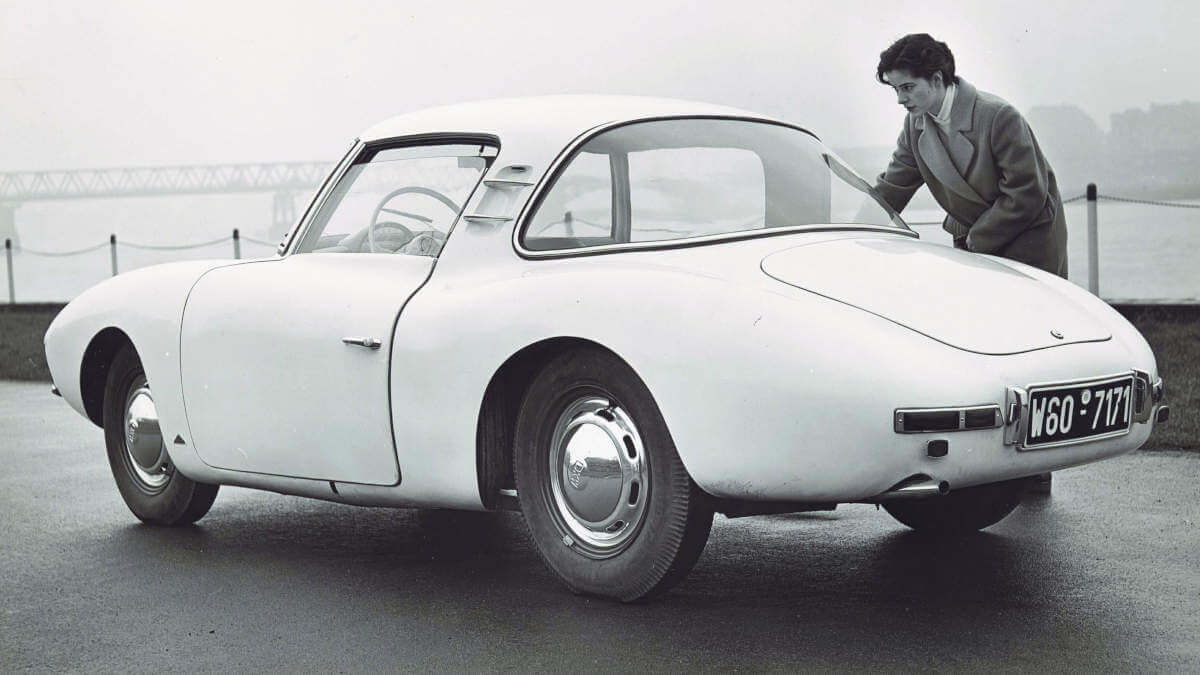



Record drive led to the model name
These successes led to the first inquiries being received by DKW for the sports coupé it used. Together with the coachbuilder Dannenhauer & Stauss in Stuttgart, DKW therefore set about producing a small series. The body shape designed by Günther Ahrens and Albrecht Mantzel was adopted almost unchanged. DKW delivered motorized chassis to Stuttgart, where the plastic bodies and the interior were produced. The finished cars then went to the dealers. As a reminder of the record drive, the additional name “Monza” was emblazoned on the vehicles. However, sales success was limited, which was probably also due to the price of 10,500 DM, which was quite high for the time. Dannenhauer & Stauss therefore ceased production at the end of 1957, after only a low double-digit number of Monzas had been produced. However, the Heidelberg Auto Union dealer Fritz Wenk didn’t want to accept this early end of the sports coupé so easily.
Those believed dead live longer
In 1958, he negotiated with DKW for chassis with the F94’s new 44-hp engine and commissioned the Heidelberg coachbuilder Massholder to manufacture them. However, Massholder was specialized in trailer manufacture and was unable to produce the DKW Monza at a profit. After about 25 units, the company therefore terminated the contract with Fritz Wenk. He looked around again and then approached the vehicle factory Robert Schenk in Stuttgart-Feuerbach. Around 40 more Monzas were eventually built there. However, exact production figures have never been recorded – in any of the three production cycles. DKW itself had presented the 1000 SP as a new sports coupé at the IAA in 1957 and stopped supplying chassis to Wenk from the end of 1958. Until 1960, Robert Schenk rebuilt used F93s and F94s. Then, however, the history of the Monza ended for good. Today, between 40 and 50 are still known to exist.
Images: Audi Tradition




